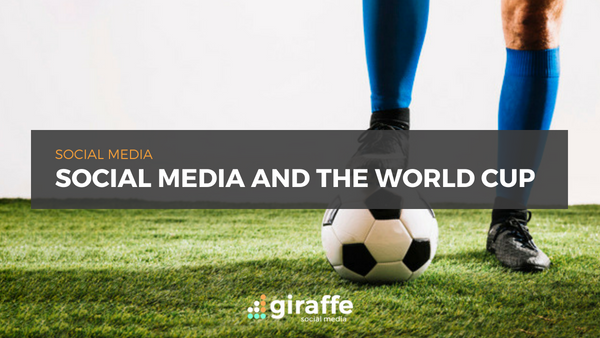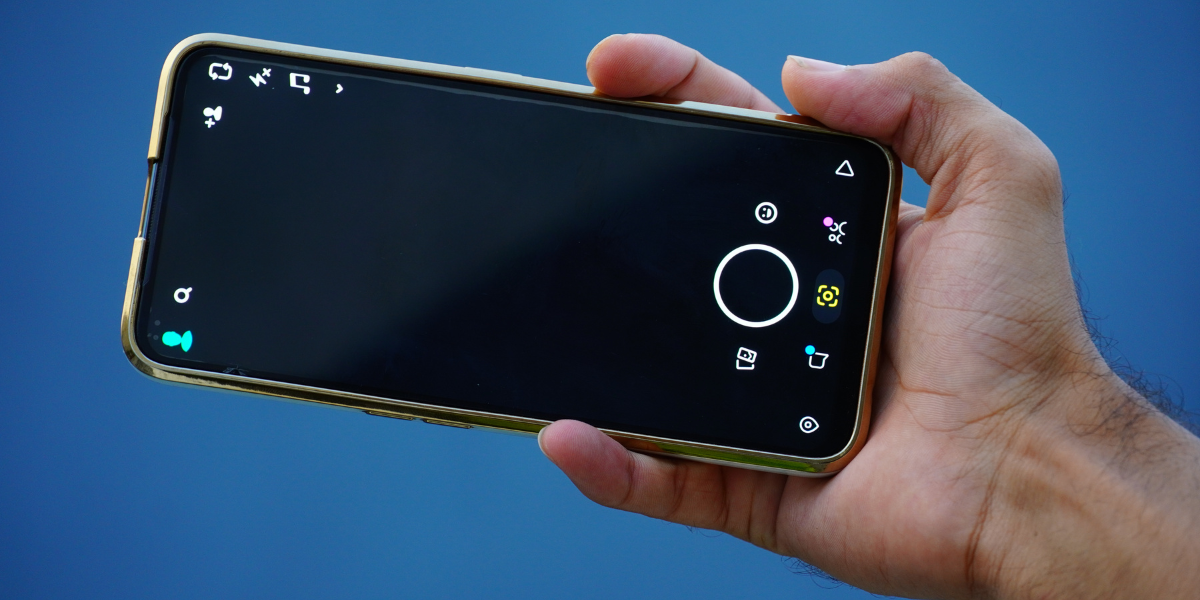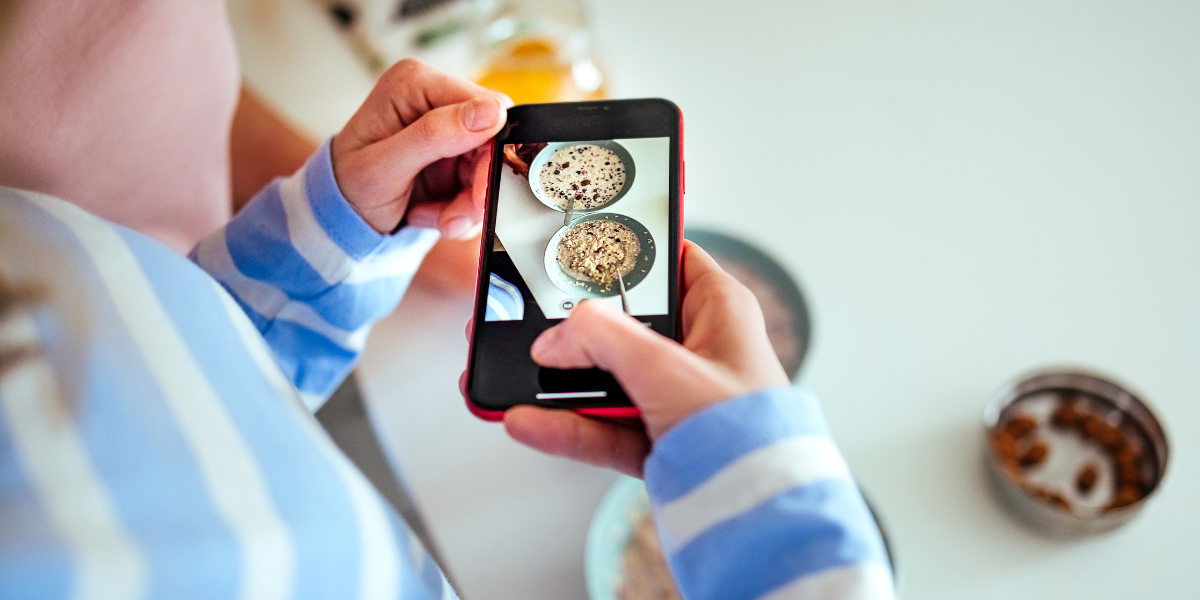Social media marketing is all about achieving goals, which makes the World Cup and social media go pretty much hand in hand (no handball rules apply here).
Football has always been big, but social media is taking the game to new heights.
Football Just on Your TV? Neymar…
Football has now gone live…everywhere. A long time ago, people could only watch football games in their local stadium. Gradually, supporters could venture into different parts of the world to see their home team play. More recently, football was broadcasted on national television, meaning people could watch the matches from their living room or in packed out pubs covered in beer. However, now football games, highlights and managers’ speeches can be found everywhere. Players scoring goals are shared on social media like wildfire, meaning those who don’t even want to see them do. Penalties can be rewinded and replayed as much as the viewer likes, so people can dispute over whether they deserved it or not time and time again.
It’s Football – No One is Going for Silva
The world of social media never truly switches off, so neither does the World Cup. There are live updates and live streaming for those who want their football fix immediately, and recordings for those who are at work and can’t get to a television screen. Social media is becoming the primarily place to catch up with news and watch events first and such a world dominating event is justified to be broadcasted over all social media platforms. On June 15th, there were 16.4k mentions of the World Cup’s opening ceremony within the first half an hour and in 2014, the World Cup surpassed social media expectations with the final between Germany and Argentina racking up 280 million interactions.
Social Media can be a Hazard
Brawls on the street have moved to battles on Twitter and Facebook. Instead of insulting a team to the supporter’s face, people can tweet or comment on an individual’s post and start the social World War III. You could say sometimes it gets a little…Messi.
The world of memes has always been a lively place and social media users have latched onto football players over the years. Pictures of football players have been shared throughout Twitter and Facebook, attached with both criticism and praise. Most football players are actually advised to stay off Instagram and other sites, in case the comments are derogatory and off-putting. That’s how powerful social media is – negative comments on your shared post could be as impacting as a whole stadium of boos and jeers.
Social Media is a No-Bruyne
Football campaigns are prevalent as they would be during any big event, even Pringles have changed their name to ‘Pringoooals’. It’s inevitable that huge, sport brands like Adidas and Nike will get involved, but in 2014, ITV used ‘#goalface’ to get users to engage and send in photos of their faces during the spectacular highlights. Any brand can get involved, it doesn’t just have to be beer, betting and energy drink companies – even travel providers and supermarkets have latched onto the football craze over the years.
Making the World More…Sterling
Most importantly, social media brings the world closer together and so does the World Cup. The football games enhance team spirit, unison and support and social media provides an outlet for people to share their take on the matches and to interact with others who are like-minded. The world truly is Ronaldo (okay, maybe that one didn’t work as well).





